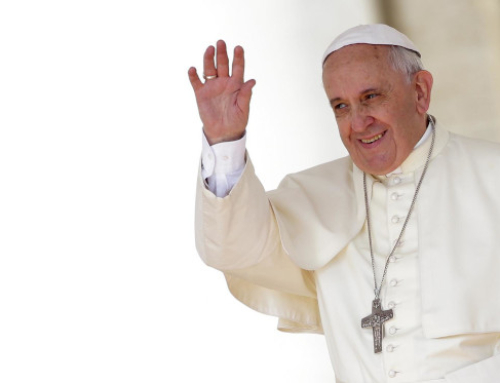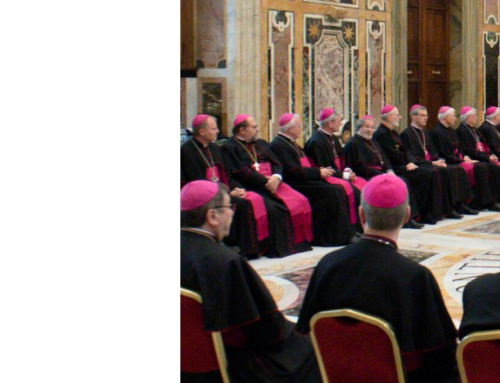Catholic League president Bill Donohue comments on Stanford University’s decision to rename sites that honor Father Serra:
Stanford University has decided to rename many places on campus that give tribute to Father Junipero Serra, the 18th century Spanish missionary who was canonized in 2015. A total of 21 missions were established by the missionaries, nine of which were under the tenure of Serra; he personally founded six missions.
The decision, which was approved by Stanford’s board of trustees, means that Serra Mall will be renamed “Jane Stanford Way” in honor of Jane Stanford, co-founder of the university. Two campus buildings bearing Serra’s name will be renamed, but some other campus sites will keep the Franciscan’s name; the names of other Spanish missionaries will also remain.
The university committee that made these recommendations acknowledged the “multiple dimensions of his [Serra’s] legacy—as a California pioneer, as a celebrated religious figure, but also as founder of a system that did harm to Native Americans.” It said that “the historical record confirms that the mission system inflicted great harm and violence on Native Americans.”
The most serious weakness in the committee’s report is its failure to recognize Serra’s heroics in combating the inhumane treatment afforded the Indians by the Spanish authorities. Similarly, its failure to identify specific instances of injustice committed by Father Serra is telling. The committee’s report seems to blame Serra for the misdeeds of others, which is patently unfair.
For the most part, Serra got along fine with the Indians. They understood, for example, that it was the Catholic Church that led the protests against inhumane treatment of the Indians; the Spanish crown ultimately agreed with this position.
Both colonial authorities and the missionaries vied for control over the Indians, but their practices could not have been more different. With the exception of serious crimes, Serra insisted that all punishments be meted out by the priests, the result being that the Indians were spared the worst excesses at the hands of the civil authorities.
The Franciscans also sought to protect Indian women from the Spaniards. They segregated the population on the basis of sex and age, hoping to protect the women from unwanted advances. When sexual abuse occurred, it was quickly condemned by Serra and his fellow priests.
The violence that the Stanford committee cites was certainly not done by Serra, or at his behest. The only person he ever flogged was himself: it was an expression of redemptive suffering. Not to recognize these facts is delinquent.
As for the missionaries uprooting the Indian culture, the evidence shows that no attempt was made to wipe out the native language of the Indians. Indeed, the missionaries learned their language and even employed Indians as teachers. Some cultural modification was inevitable, given that the missionaries taught the Indians how to be masons, carpenters, blacksmiths, and painters. The Indians were also taught how to buy and sell animals, and were allowed to keep their bounty. Women were taught spinning, knitting, and sewing.
It is disturbing that so many historical figures are being reexamined under the cultural microscope of the 21st century. Those engaged in this cultural transformation—it is more like an eradication—are creating standards that will no doubt be used by successive generations to indict many of them. This is not a mature way to judge history.
Father Serra is being sacrificed on the altar of political correctness. To Catholics, however, he was a saintly man, one whose place alongside other great saints remains secure.







